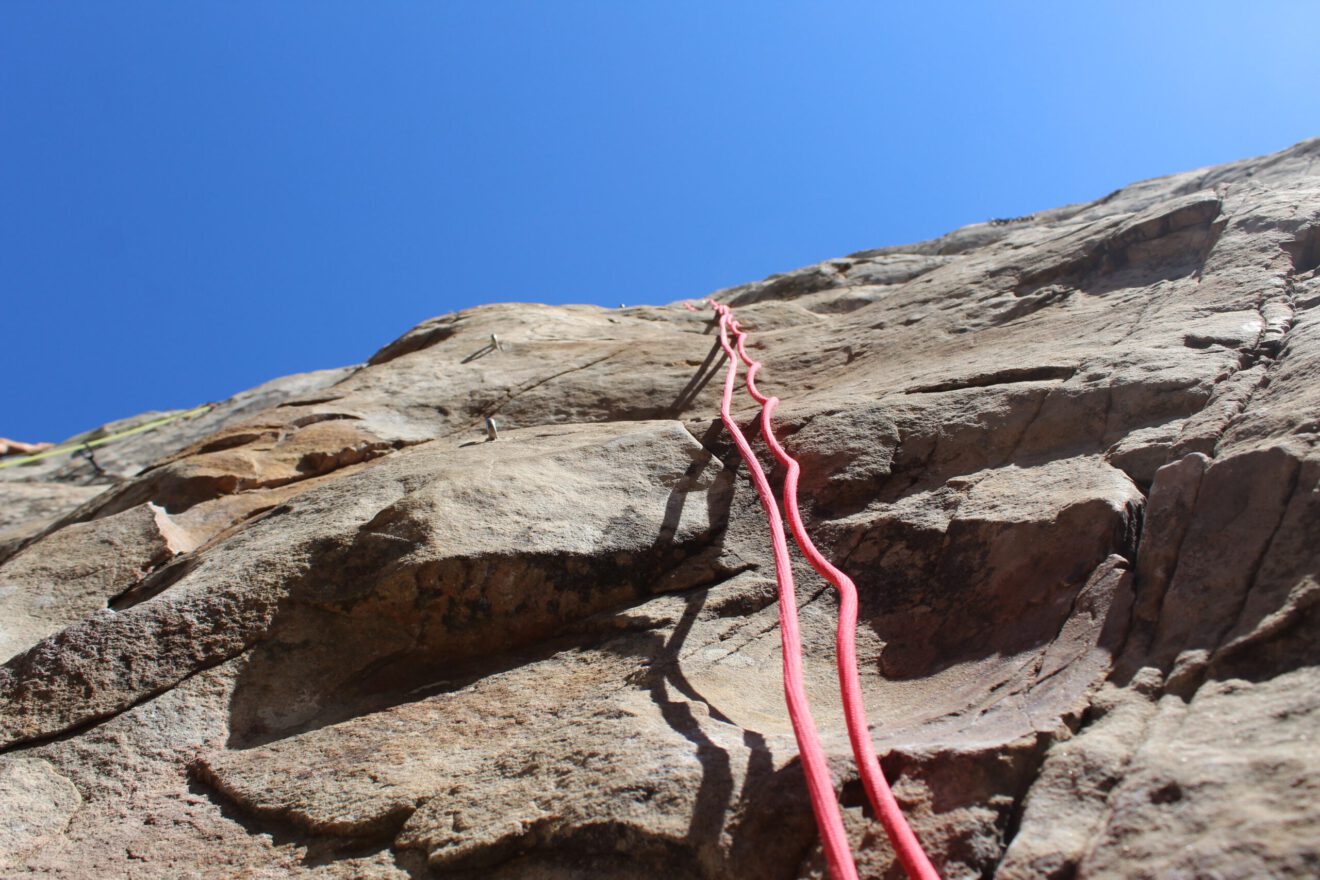Things have been hard.
That may be the understatement of 2020.
We have all gone through a lot during these last eight months. All of us have had our worlds changed, and some of us have had our worlds turned upside down. And when we encounter massive change, sometimes all we want to do is dig in our heels and stop, or even more extreme, return to the way things were. Sometimes we yearn for the status quo, and we feel we just can’t change any more.
Sometimes, while our goal is to get to “yes,” all we can afford to do is settle for getting to “maybe.”
In the end, at times, moving from “We can’t” to “We can’t yet” or “Maybe we can” has to be enough. For those situations, here are three ways that we can move to “maybe,” rather than coalesce around “can’t.”
Welcome ways of knowing
I was privileged earlier this year to take a course with Ellie Drago-Severson and Jessica Blum-DeStefano focused on adult learning. I’m a tremendous fan of their work, so it was enriching to be able to learn directly from the two of them. A key to their work (and there are many) is that we all see the world through our individual perspectives and according to “where we currently are.” Our ways of knowing determine how we interact with others, what motivates and challenges us, and what leads us to say, “I can’t,” “I can,” or “Maybe.” By recognizing whether someone leans towards “socializing” or “self authoring” for instance, we can best determine whether they need support in thinking for their own or welcoming additional ideas and perspectives from others. Regardless, we can never assume that everyone’s way of knowing matches ours, and if we hope to move people from “I can’t” to “I can” we can only reach “maybe” by meeting others where they are.
Slow down
Today, information changes at a moment’s notice. That can make it hard to give decisions the time they need to develop fully. And since we aren’t thinking ideas through in the same way we might have in the past, it can be destabilizing and debilitating to continue along this path of building the plane while we fly it.
When we are supporting others, we need to do everything we can to slow it down. That doesn’t always mean a full stop or even a long pause. Sometimes we just need an evening to think something over. How do we slow the pace so everyone has time to move toward “yes”? One way is to simply ask for it: “There are a lot of items at work here, so can we take the evening to think this through?” or “”What would happen if we waited until Monday to make a decision on this?” These polite and respectful inquiries are a good way to let everyone consider the options and decide on the best strategy for moving forward.
Do it in degrees
If you were going to scale a mountain, would you rather climb the vertical face or trek up the easier sloping side? Even if you enjoy climbing and rock scrambling, it’s likely that you would find it easier to walk a hilly trail than go vertical. Going vertical is scary. Sure it might take less time, but there is also a lot more risk. Yes, the hilly side will take longer, but it might be just what you need to eventually move from “maybe” to “yes.” To do it in degrees (rather than going directly from start to finish), we have to first understand the task. Where are all the visible rest points? How can we celebrate the benchmarks we reach, rather than just the finish line at the end? How do we distribute the weight during the different legs of the journey? Planning to take it step-by-step means we have to be one (or two) steps ahead of where we currently are. Not easy in a pandemic, but necessary if we want to give others the space to stop at “maybe” before reaching for the clouds.
“Maybe” isn’t a destination. It is simply a place for us to be while we work to get to “yes” or give up and go to “no.” As I write this, the future is still very much unknown, and all of us are still scared, worried, or simply asking “What’s next?” To assume that we can continue to make change, while also feeling limited, is a surefire way to turn everyone off or bring everyone down. While we need to push ourselves and others, we also need to recognize that those supports don’t have to be at full-speed all the time.
Sometimes “maybe” is exactly what we need to cancel “can’t.”
Fred Ende is the director of curriculum and instructional Services for Putnam/Northern Westchester BOCES in Yorktown Heights, N.Y. Fred currently blogs for SmartBrief Education, and his two books, Professional Development That Sticks, and Forces of Influence, are available from ASCD. Connect with Fred on his website or on Twitter.
________________________________________________________________________________
Like this article? Sign up for ASCD SmartBrief to get news like this in your inbox, or check out all of SmartBrief’s education newsletters, covering career and technical education, educational leadership, math education and more.
